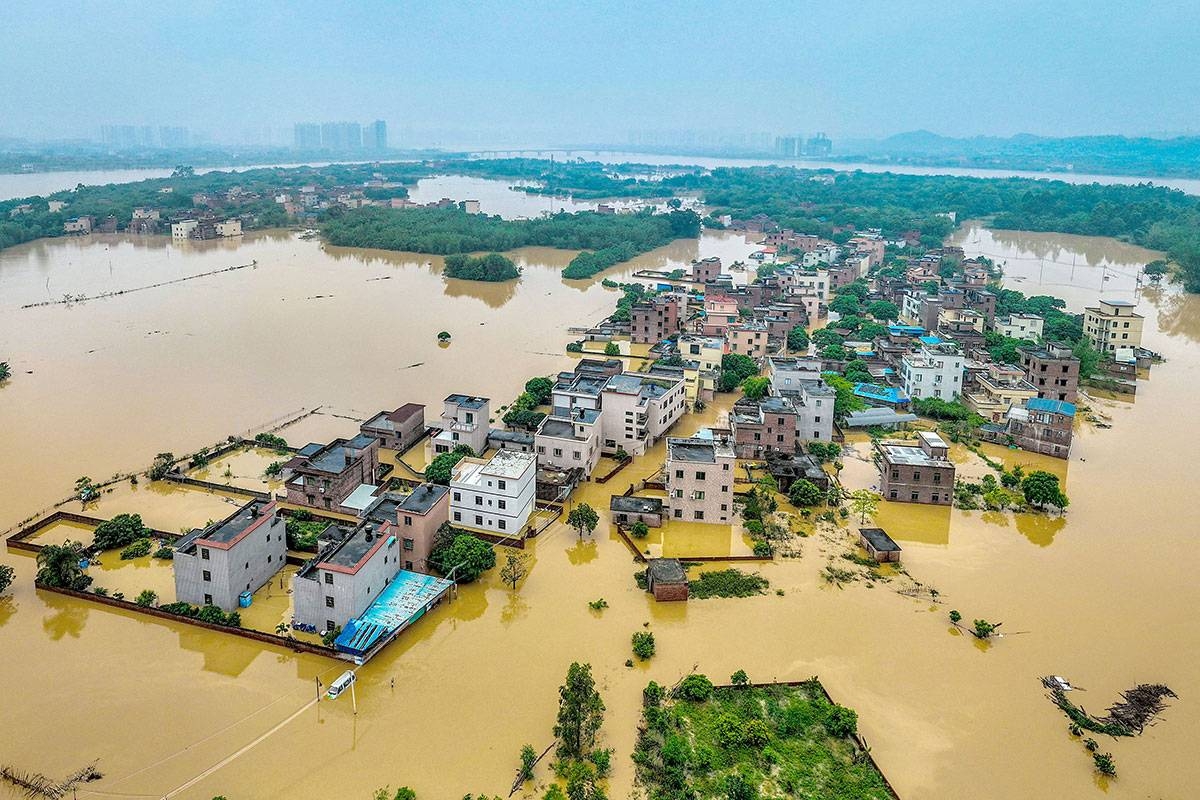The Impact of Climate and Weather Hazards in Asia
The increasing frequency and severity of climate and weather hazards in Asia have had devastating consequences for the region. Floods and storms have been the primary causes of casualties and economic losses, leaving communities vulnerable and struggling to recover. The United Nations’ report on Asia being the most disaster-hit region in 2023 is a wake-up call for governments and organizations to prioritize climate action and disaster preparedness.
The Escalating Impact of Heat Waves
One of the major concerns highlighted by the World Meteorological Organization (WMO) is the escalating impact of heat waves in Asia. These heat waves are not only becoming more frequent but also more severe, posing a significant threat to the health and well-being of the population. The elderly, children, and those with pre-existing health conditions are particularly vulnerable to the extreme heat, which can lead to heatstroke, dehydration, and even death.
The Threat of Melting Glaciers
In addition to heat waves, the melting glaciers in Asia are causing alarm among experts. Glaciers act as natural reservoirs, storing water that is released gradually during the dry season. However, with the rapid pace of warming, these glaciers are melting at an unprecedented rate, jeopardizing future water security in the region. This has serious implications for agriculture, hydropower generation, and overall ecosystem stability.
Asia Warming at a Faster Rate
The WMO’s report also emphasizes that Asia is warming at a faster rate than the global average. Temperatures in 2023 reached nearly two degrees Celsius above the 1961 to 1990 average, indicating the urgency of climate action in the region. Rising temperatures not only exacerbate the frequency and severity of extreme weather events but also have long-term consequences for ecosystems and biodiversity. Coral reefs, for example, are highly sensitive to temperature changes and are already experiencing widespread bleaching and die-offs in many parts of Asia.
The Concerns of Experts and Policymakers
The findings of the report have raised concerns among experts and policymakers. Celeste Saulo, the Chief of WMO, expressed her deep concern over the impact of climate change on Asia. She emphasized that the frequency and severity of extreme weather events have profound consequences for societies, economies, and, most importantly, human lives and the environment. Urgent action is needed to mitigate the effects of climate change and build resilience in the face of future hazards.
Efforts to Address Climate Change and Disaster Risk Reduction
In response to the report, governments and organizations in Asia are stepping up their efforts to address climate change and disaster risk reduction. This includes implementing climate adaptation strategies, investing in early warning systems, and promoting sustainable development practices. However, the scale of the challenge requires international cooperation and support. The global community must come together to provide financial assistance, technology transfer, and capacity building to help Asian countries adapt to and mitigate the impacts of climate change.
The Urgent Need for Global Action
As the most disaster-hit region from climate and weather hazards, Asia serves as a stark reminder of the urgent need for global action. The consequences of inaction are too severe to ignore. It is not only the lives and livelihoods of millions at stake but also the future of our planet. The time to act is now.







